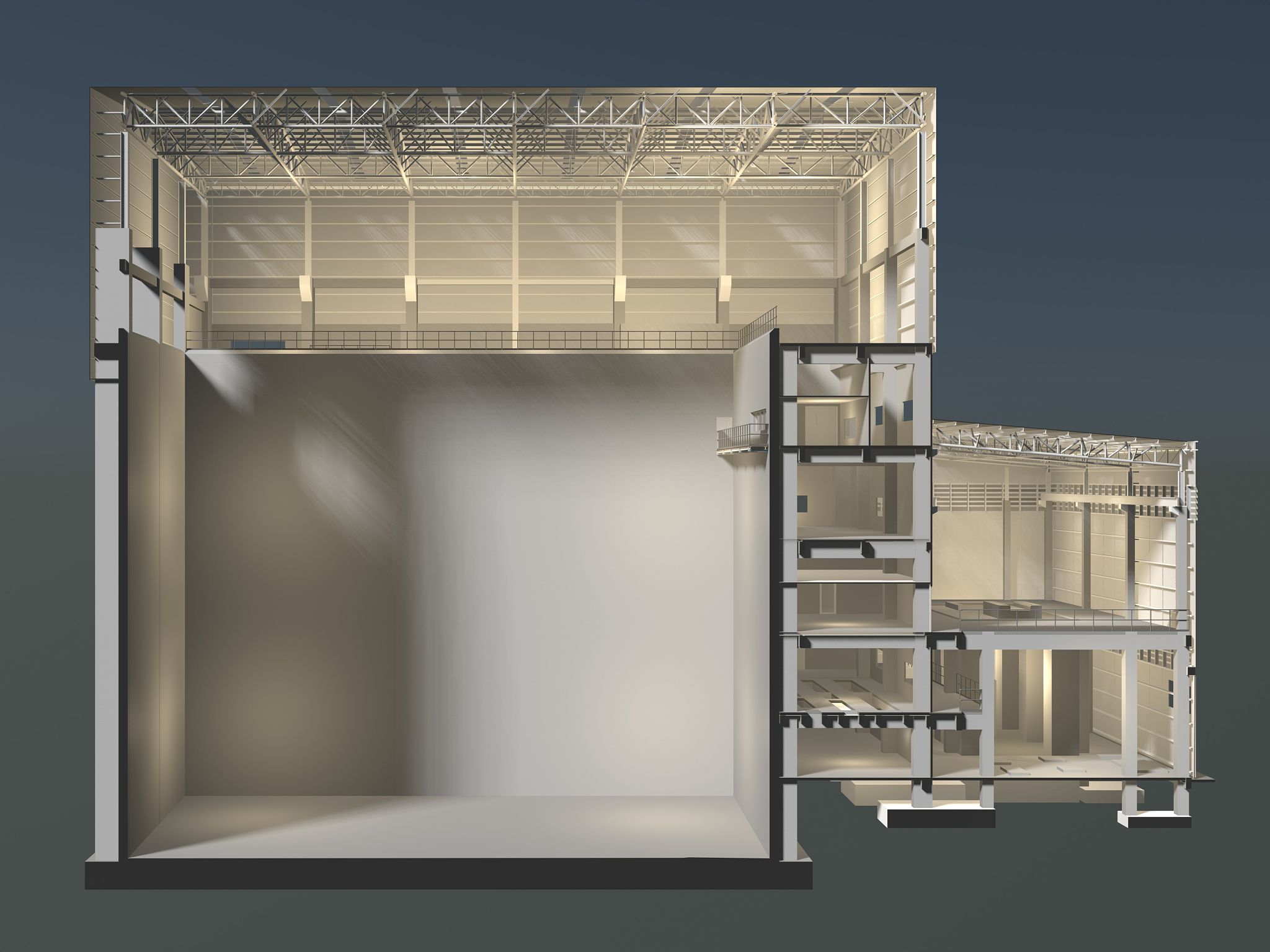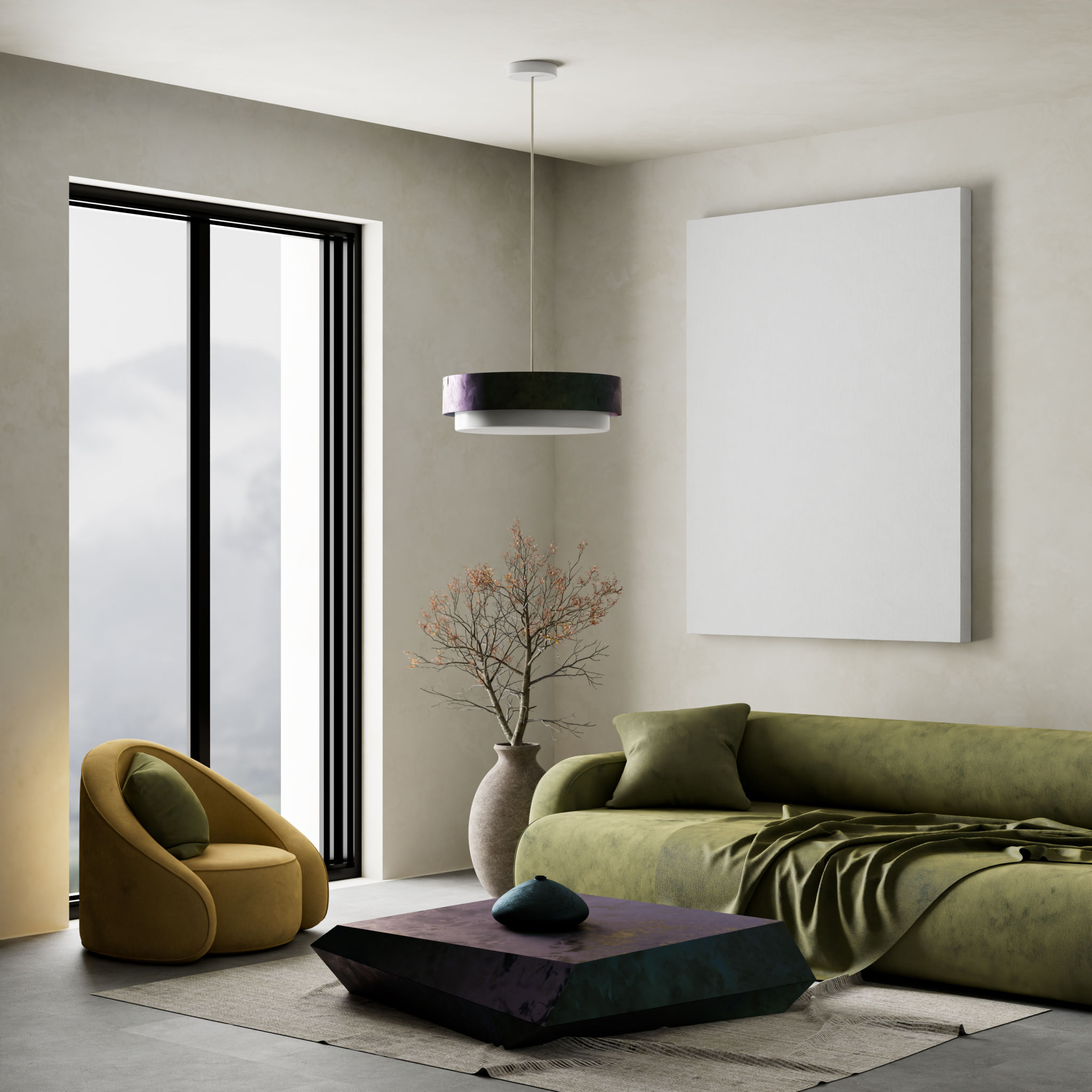Case Study: Transforming a Traditional Warehouse into a Minimalist Space
Introduction
Transforming a traditional warehouse into a minimalist space is a fascinating journey that combines innovation with functionality. This case study examines how an outdated warehouse was revamped into a sleek, efficient environment, showcasing the benefits of minimalism in industrial spaces.

The Initial Challenges
The warehouse, originally built in the 1980s, faced numerous challenges. It was cluttered, inefficient, and lacked modern amenities. The primary goal was to create a space that promoted efficiency and simplicity without compromising on utility.
Space Utilization
The first step was to analyze how space was being used. The warehouse had numerous unused areas and storage was inefficiently managed. A detailed plan was developed to maximize the use of every square foot, ensuring no space was wasted.

Design and Aesthetic
A minimalist design emphasizes clean lines and open spaces. The transformation involved removing unnecessary partitions and adopting a color palette of whites and grays to enhance the perception of space and light.
Materials and Furnishings
Incorporating sustainable materials was a key aspect of the redesign. Eco-friendly materials not only aligned with minimalist principles but also contributed to environmental responsibility. Furnishings were chosen for their dual functionality and simplicity.

Technological Integration
Integrating technology was essential in transforming the warehouse into a modern workspace. Smart systems were installed to manage lighting, heating, and inventory efficiently. This integration enhanced productivity while maintaining a minimalistic approach.
Inventory Management
Modern inventory management systems replaced outdated methods. Real-time tracking and automated processes allowed for better control and reduced clutter, aligning with minimalist goals.

Outcomes and Benefits
The transformation resulted in a highly functional and aesthetically pleasing space. Employees reported increased satisfaction due to the improved environment, while operational efficiency saw significant gains.
The project demonstrated that a minimalist approach to warehousing can lead to substantial benefits, including reduced overhead costs and enhanced workflow efficiency.
Conclusion
This case study highlights the potential of minimalism in industrial settings. By embracing simplicity and innovation, warehouses can be transformed into spaces that are not only functional but also inspiring. The success of this project serves as a model for future industrial redesigns seeking efficiency and aesthetic appeal.